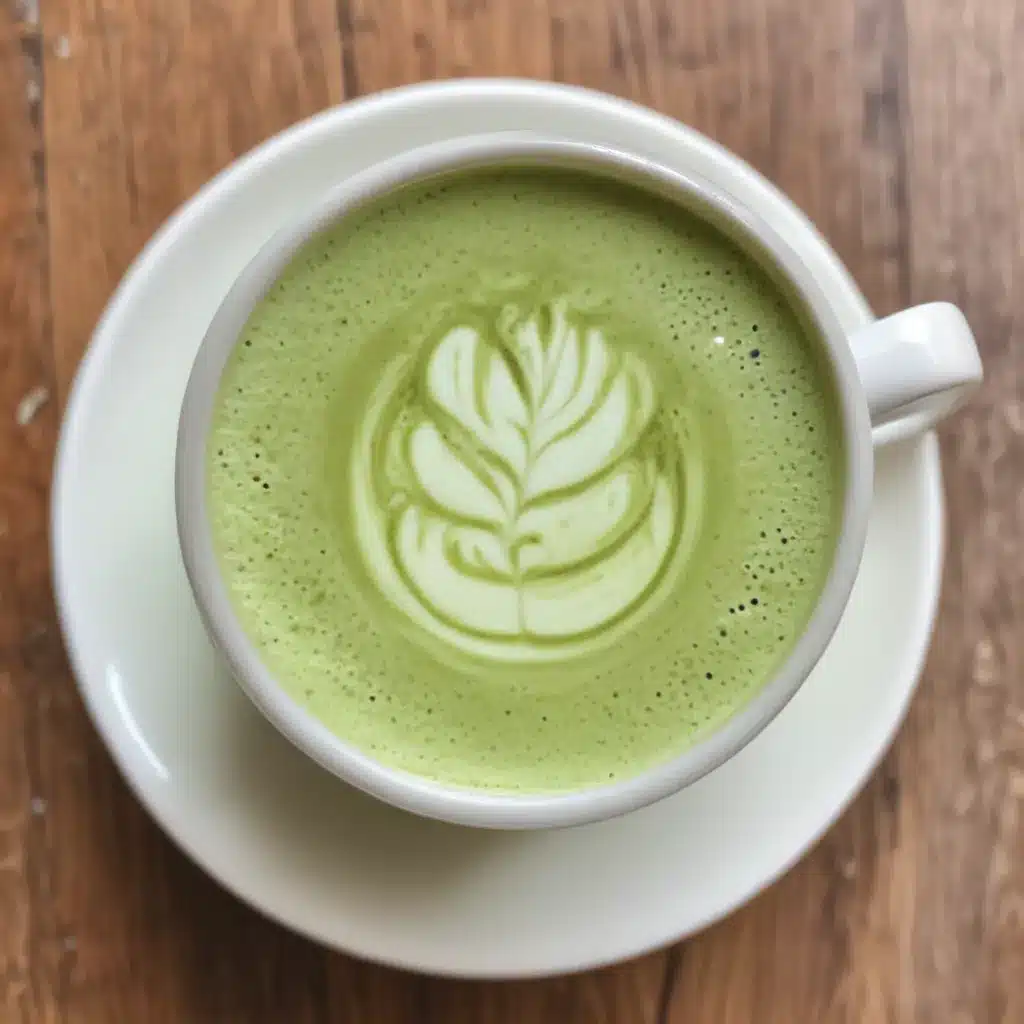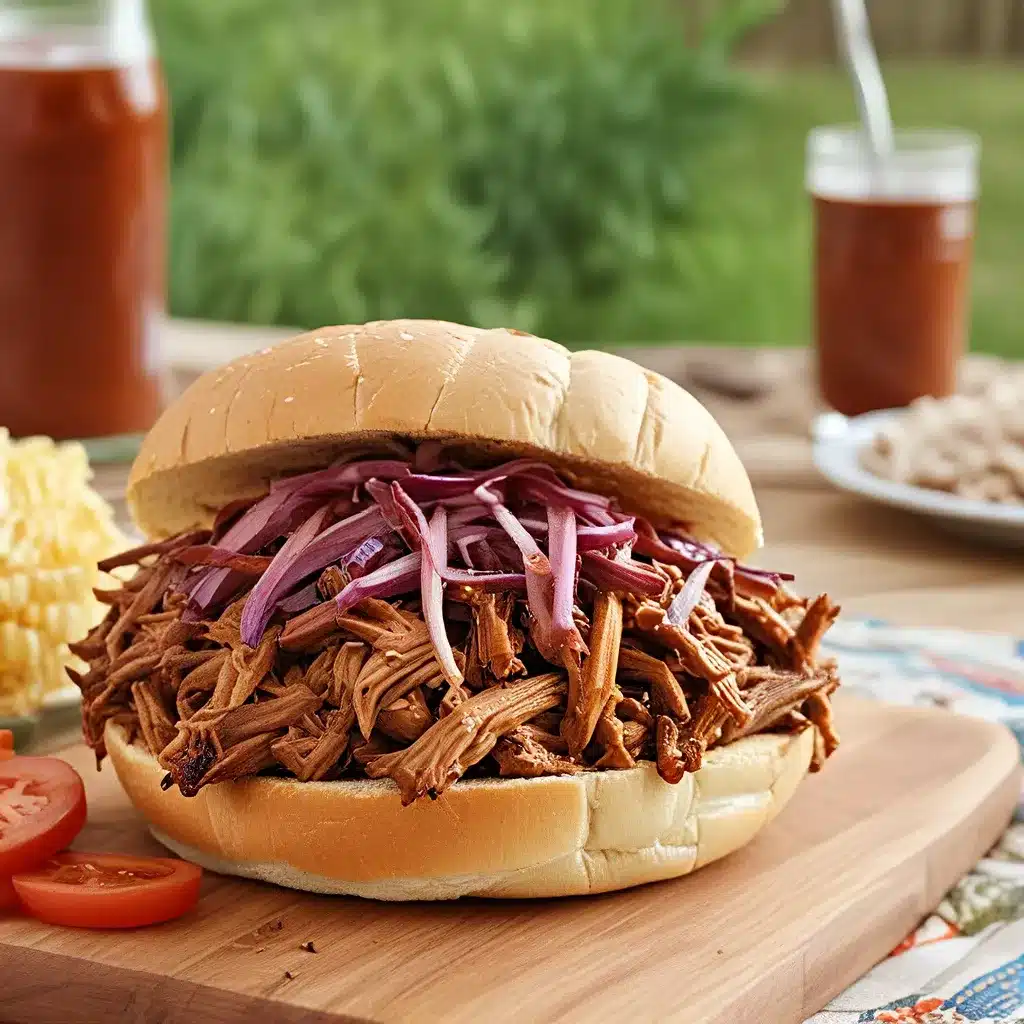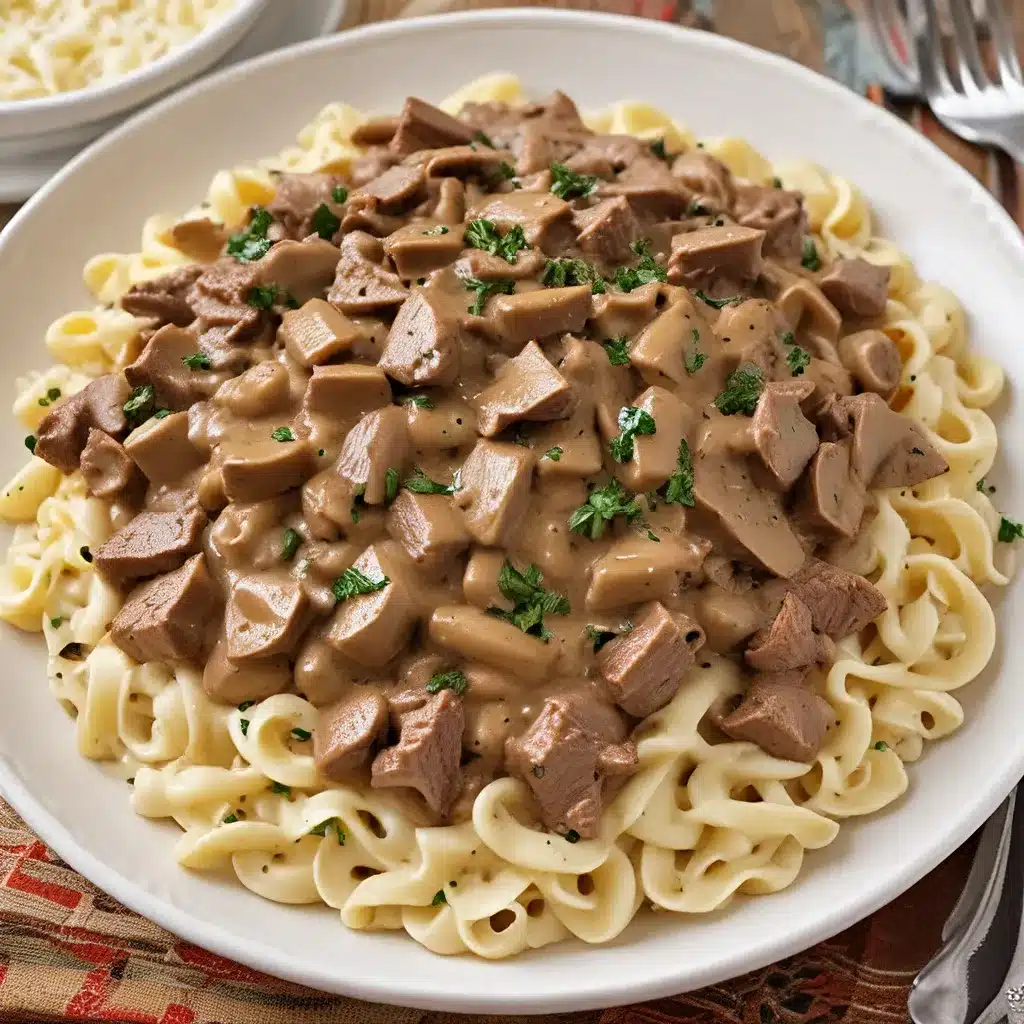
Discovering the Wonders of Matcha
As a self-proclaimed coffee enthusiast, I’ve long been on a quest to find a beverage that could satisfy my morning cravings without the inevitable crash that often follows a strong cup of joe. Enter the magnificent matcha green tea latte – a delightful concoction that has not only become a staple in my daily routine, but has also transformed the way I approach my caffeine intake.
It all started with a gift – a sleek, modern milk frother that promised to elevate my tea-making game. Inspired by this new kitchen gadget, I began exploring the world of matcha, a finely ground powder made from specially grown and processed green tea leaves. Intrigued by its vibrant green hue and purported health benefits, I decided to give it a try.
Mastering the Matcha Latte
My first attempt at a homemade matcha latte was, admittedly, a bit of a learning curve. I carefully measured out the matcha powder, added steaming hot water, and attempted to whisk it into submission. The result? A frothy, slightly clumpy concoction that, while drinkable, left much to be desired.
Undeterred, I dove deeper into the art of matcha preparation, consulting expert blogs like Tori Avey’s and Buttered Side Up. I learned the importance of using the right quality of matcha, the optimal water temperature, and the technique of whisking to create a silky smooth base. With this newfound knowledge, I was able to perfect my matcha latte recipe, achieving a balance of earthy, slightly sweet, and velvety smooth.
The Benefits of Matcha
As I sipped my homemade matcha latte, I couldn’t help but marvel at the myriad of health benefits this vibrant green powder offers. Unlike traditional green tea, where you steep the leaves and discard them, matcha involves consuming the entire leaf, making it a powerhouse of antioxidants and nutrients.
Studies have shown that matcha is rich in catechins, a type of antioxidant that has been linked to a reduced risk of heart disease, cancer, and even arthritis. According to Love and Lemons, matcha also contains an amino acid called L-theanine, which can promote a state of calm alertness, making it the perfect alternative to the jittery energy boost of coffee.
But the benefits of matcha extend beyond its nutritional profile. As I sip my latte, I can’t help but feel a sense of tranquility wash over me – a testament to the centuries-old Japanese tea ceremony that has inspired this modern-day treat. It’s as if the ritual of preparing the matcha, the vibrant green hue, and the creamy, frothy texture all work together to transport me to a moment of zen.
Customizing Your Matcha Latte
One of the best things about the matcha latte is its versatility. Whether you prefer a stronger, more intense matcha flavor or a subtler, sweeter blend, the recipe can be easily tailored to suit your taste buds.
For a more robust matcha experience, I like to use a higher ratio of powder to milk. Love and Lemons recommends a ratio of about 2 1/2 to 3 teaspoons of matcha per cup of liquid. On the other hand, if you’re looking for a more mellow, coffee shop-style latte, you can reduce the matcha to around 1 1/2 to 2 teaspoons per cup.
The type of milk you choose can also dramatically impact the flavor and texture of your matcha latte. While traditional dairy milk works beautifully, I’ve also experimented with plant-based alternatives like almond, oat, and cashew milk, each offering its own unique twist on the classic. And don’t forget the sweetener – a touch of honey, maple syrup, or even a sprinkle of cinnamon can take your latte to new heights of deliciousness.
A Matcha Made in Heaven
As I sit here, sipping my homemade matcha green tea latte, I can’t help but feel a sense of gratitude for this incredible beverage. Not only has it become a staple in my daily routine, but it’s also introduced me to a whole new world of tea-based possibilities. From its vibrant color and rich, creamy texture to its myriad of health benefits and calming effects, the matcha latte has truly become a matcha made in heaven.
So, if you’re looking to break free from the monotony of your morning coffee routine, I highly encourage you to give the matcha latte a try. Who knows, it might just become your new favorite way to start the day – or, in my case, a delightful afternoon pick-me-up. And remember, with a little experimentation and the right techniques, you can create a matcha latte that’s tailored to your unique taste preferences right in the comfort of your own home. Happy sipping!
Matcha Latte Comparison
To help you find the perfect matcha latte recipe, here’s a quick comparison of the various options:
| Matcha Latte | Ratio of Matcha to Liquid | Flavor Profile | Recommended For |
|---|---|---|---|
| Stronger Matcha Latte | 2 1/2 – 3 tsp matcha per cup | Intense, earthy matcha flavor | Matcha enthusiasts who want a more robust experience |
| Milder Matcha Latte | 1 1/2 – 2 tsp matcha per cup | Subtler, slightly sweet matcha flavor | Those new to matcha or who prefer a more coffee shop-style latte |
| Flavored Matcha Latte | 1 1/2 – 2 tsp matcha per cup, plus added flavorings (e.g., vanilla, cinnamon, etc.) | Balanced matcha flavor with added sweetness or spice | For those who want to experiment with different flavor profiles |
| Dairy-Free Matcha Latte | 1 1/2 – 2 tsp matcha per cup, using plant-based milk | Varies based on milk type (e.g., creamy almond, rich oat, etc.) | Suitable for those with dietary restrictions or personal preferences |
Remember, the beauty of the matcha latte is its customizability. Feel free to experiment and find the perfect combination that suits your taste buds. And don’t forget to check out Home Cooking Rocks for more delicious recipes and cooking inspiration!







